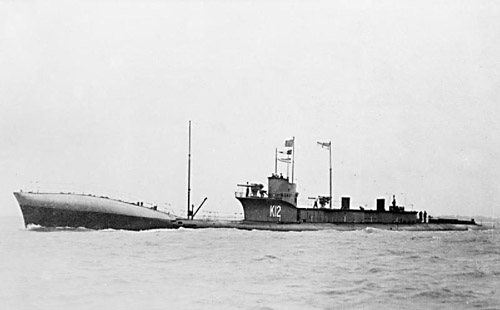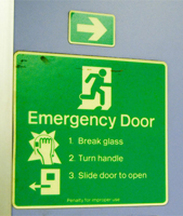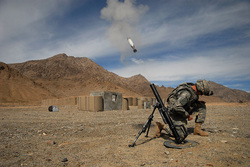| Management-speak annoys us intensely here at Silver Moor. Far from making things clearer, it confuses and irritates employees. Management consultants are often blamed (usually with justification) for introducing these phrases. As a management consultancy practice (we ‘operate in the management consultancy space’) our clients are often very pleased (and surprised) by our plain speaking. This is because we see the effects of poor communication in high-risk industries when we investigate serious incidents and accidents. The video on the right, produced by education charity Teach First, gives a great insight into how confusing management-speak can be. They asked primary age students to identify and translate some of the worst phrases used by management in workplaces. The Plain English Campaign has a lot of free resources to help. We use these principles both in our work (for example writing operational procedures) and in our training – to help you improve your own skills. Try our three ‘management speak’ games to see how you and your managers fare. Keep your communication short, keep it clear, keep it free from management-speak and jargon. | |
| Management-speak games |






 RSS Feed
RSS Feed